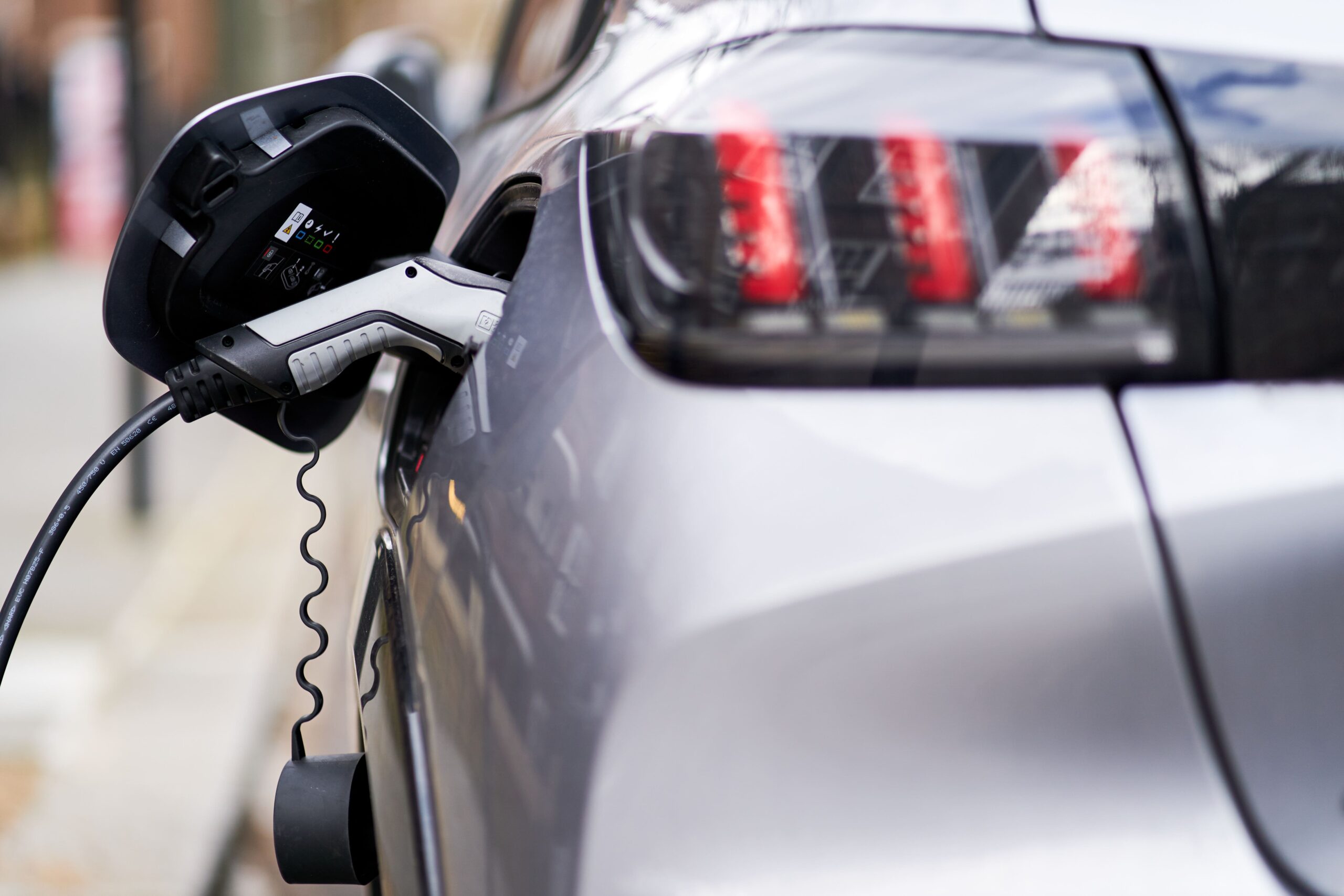Plug-in hybrid electric vehicles (PHEVs) cause almost as much pollution as petrol cars, a new report has revealed.
Unlike fully electric cars, hybrids run on electric batteries as well as combustion engines, and have been sold by car makers as a way of covering longer distances but still reducing emissions.
However, analysis of 800,000 European cars between 2021 and 2023 found plug-in hybrids pump out nearly five times the amount of “real-world” pollution than lab tests have shown.
The non-profit advocacy group Transport and Environment found PHEVs emit just 19 per cent less CO2 than petrol and diesel cars – but lab tests previously suggested they were 75 per cent less polluting.
Data was gathered from the onboard fuel consumption meters, which revealed real-world carbon dioxide emissions were 4.9 times greater than those from standardised lab tests, having risen from being 3.5 times greater in 2021.

Sofía Navas Gohlke, a researcher at Transport and Environment and the co-author of the report, told The Guardian: “Real-world emissions are going up, while official emissions are going down. This is the gap that is getting worse and it is a real problem. As a result, PHEVs pollute almost as much as petrol cars.”
Even when the cars were just driven in electric mode, researchers found the electric motors were not strong enough to operate alone. That meant their engine also needed to burn fossil fuels for almost a third of the distance travelled in electric mode.
Hybrid emissions are also increasing because of the trend towards longer electric ranges. Bigger batteries make the vehicles heavier and, therefore, burn more fuel in engine mode.
These heavier vehicles also consume more energy than smaller cars when driven on the battery. Plug-in hybrids with an electric range above 75 km actually emit more CO2 on average than those with a range between 45 and 75 km, the data shows.
The European car industry wants to be allowed to sell hybrids after the EU’s 2035 deadline for zero-emission cars.
Lucien Mathieu, cars director at Transport and Environment, said: “Weakening the rules for plug-in hybrids is like drilling a hole in the hull of Europe’s car CO2 law. Instead of steering the market toward affordable zero-emission cars, car makers will flood it with expensive, polluting PHEVs. That risks sinking the EV investment certainty the market desperately needs.”
PHEVs cost drivers €500 (£430) more a year than claimed to fuel and charge, the report also found, because of the hidden fuel consumption in both electric and engine modes.
Plug-in hybrids are more expensive to drive but are also more expensive to buy than clean alternatives. The average selling price of PHEVs in Germany, France and the UK in 2025 is €55,700 (£48,300), according to Bloomberg Intelligence. This is €15,200 (£13,200) higher than the average price of a battery electric car.
